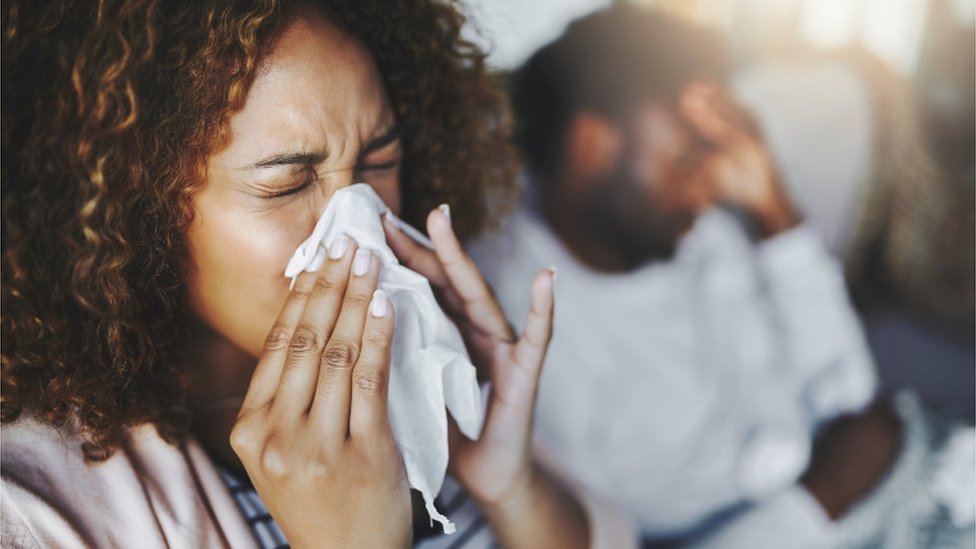India is at the center of a growing global health emergency: antibiotic resistance. A problem once thought to be confined to hospital settings and complex infections has now seeped into everyday ailments. Increasingly, doctors are encountering cases where even minor illnesses like sore throats, ear infections, or urinary tract infections fail to respond to standard treatments.
Health experts warn that if the current pace of antibiotic misuse continues, India could face a post-antibiotic era — a time when even routine surgeries and minor injuries become high-risk due to the unavailability of effective antimicrobial drugs.
A Public Health Crisis in the Making
Antibiotics are life-saving medicines used to treat bacterial infections. But when they are overused or misused — such as being prescribed for viral infections like the common cold, or taken without completing the full dosage — bacteria evolve to resist them. This process, known as antimicrobial resistance (AMR), renders standard treatments ineffective.
According to the World Health Organization (WHO), AMR is one of the top 10 global public health threats. In India, the situation is particularly severe. A 2023 study by The Lancet Regional Health reported that more than 60% of bacterial isolates in Indian hospitals are resistant to first-line antibiotics.
A joint report by the Indian Council of Medical Research (ICMR) and the National Centre for Disease Control (NCDC) found that Klebsiella pneumoniae, a bacterium responsible for respiratory and bloodstream infections, is resistant to third-generation cephalosporins in over 70% of cases in India. Resistance to carbapenems — considered antibiotics of last resort — has also crossed 50% in several states.
Why Antibiotics Are Failing
Over-the-counter access to antibiotics, lack of prescription controls, and poor patient awareness are driving the crisis.
“In India, antibiotics are often used as a first response, not a last resort,” said Dr. Anjana Rao, a microbiologist with the ICMR. “Patients demand them for viral illnesses, and doctors — under pressure — sometimes comply without diagnostic testing.”
The use of antibiotics in agriculture is another major factor. In poultry and livestock farming, antibiotics are often added to feed to promote faster growth. These resistant strains can spread to humans through food, water, and direct contact.
India’s inadequate waste treatment infrastructure further worsens the problem. Untreated sewage from hospitals and pharmaceutical factories releases antibiotic residues into rivers and soil, allowing resistant bacteria to proliferate and spread.
The Real-World Consequences
The impact of AMR is already visible. Hospitals report longer patient stays, higher mortality rates, and increased treatment costs. A 2022 study published in the Journal of Global Health estimated that India sees nearly 60,000 neonatal deaths each year linked to resistant bacterial infections.
“People assume antibiotics will always work. But increasingly, they don’t,” said Dr. Ravi Kapoor, an infectious disease consultant at Medanta Hospital, Gurugram. “We’ve had cases where basic infections became life-threatening due to multidrug resistance.”
The rising resistance has also undermined India’s battle against tuberculosis (TB). India has the highest burden of multidrug-resistant TB (MDR-TB) in the world, with more than 130,000 cases annually, according to WHO estimates.
Steps Toward Prevention and Control
While the challenge is immense, health experts point to several crucial measures:
1. Restricting Misuse
- Enforce regulations against non-prescription antibiotic sales.
- Train healthcare providers on antimicrobial stewardship.
2. Better Diagnostics
- Encourage point-of-care testing to distinguish bacterial from viral infections.
- Invest in affordable diagnostic tools, especially in rural settings.
3. Public Awareness
- Launch mass awareness campaigns to educate the public on the dangers of antibiotic misuse.
- Promote hygiene practices, vaccinations, and handwashing to prevent infections before they begin.
4. Strengthen Surveillance
- Expand AMR surveillance systems across states and hospitals.
- Monitor antimicrobial use in agriculture and veterinary sectors.
5. Incentivize Innovation
- Support the development of new antibiotics, vaccines, and alternative treatments like bacteriophage therapy, which uses viruses to target bacteria.
- Foster public-private partnerships in antibiotic R&D.
Benefits of Responsible Antibiotic Use
Curbing resistance offers multiple long-term benefits:
- Preserves the effectiveness of existing antibiotics
- Reduces hospitalization and healthcare costs
- Protects surgical and postnatal care outcomes
- Improves national and global health security
India’s National Action Plan on AMR (2017–2021) laid a foundational strategy, but experts believe stronger political will, funding, and enforcement are essential in the next phase.


